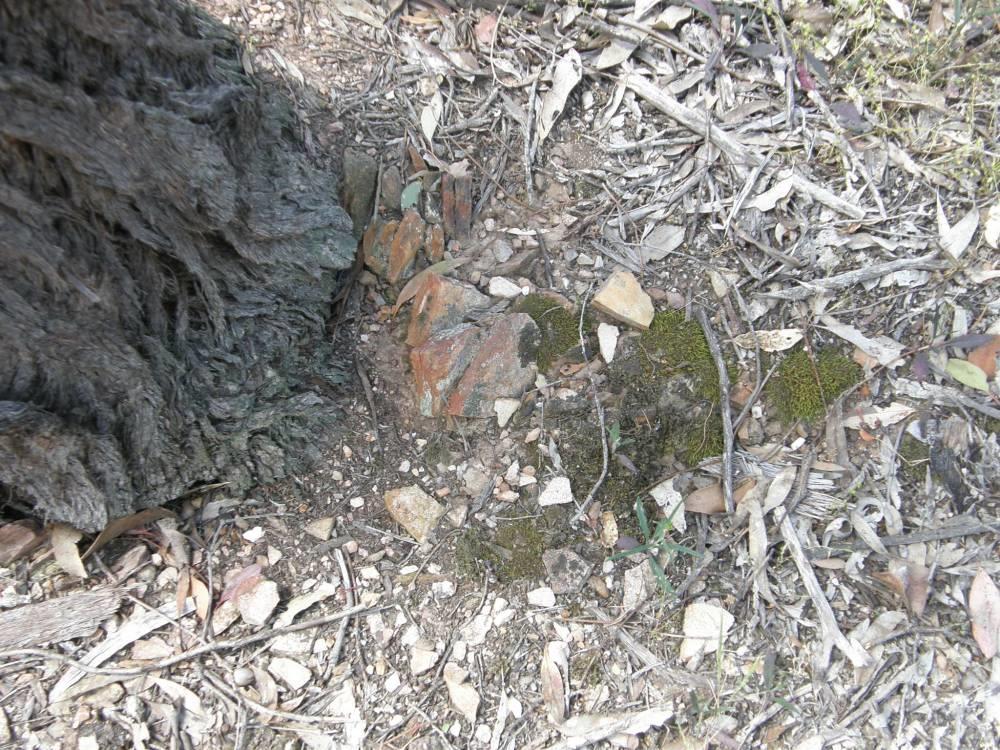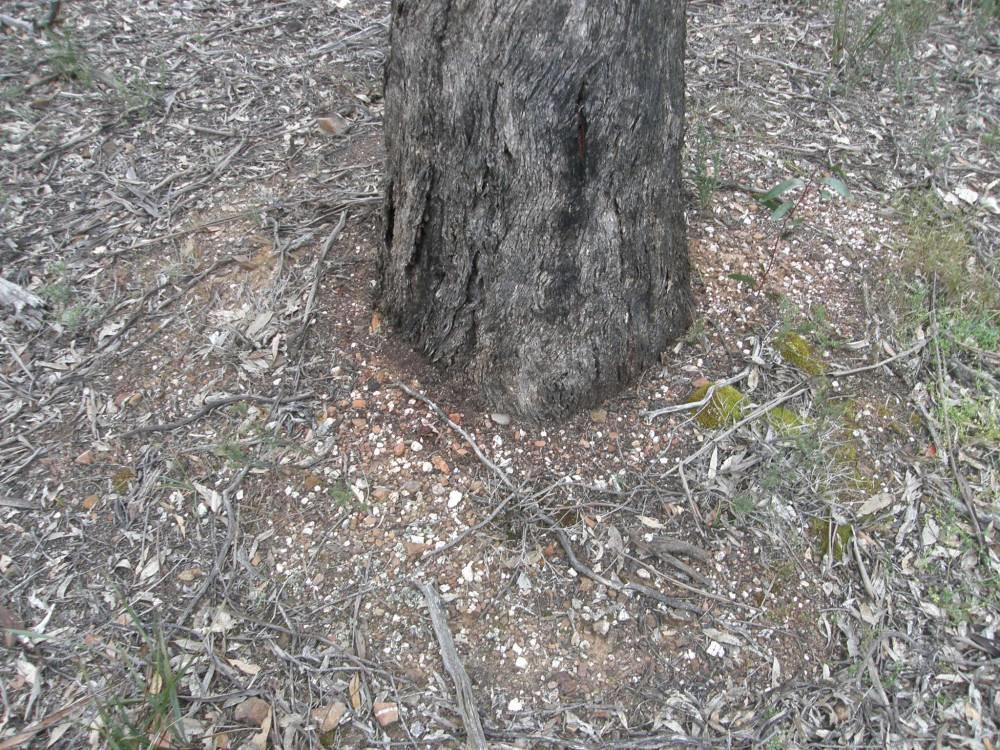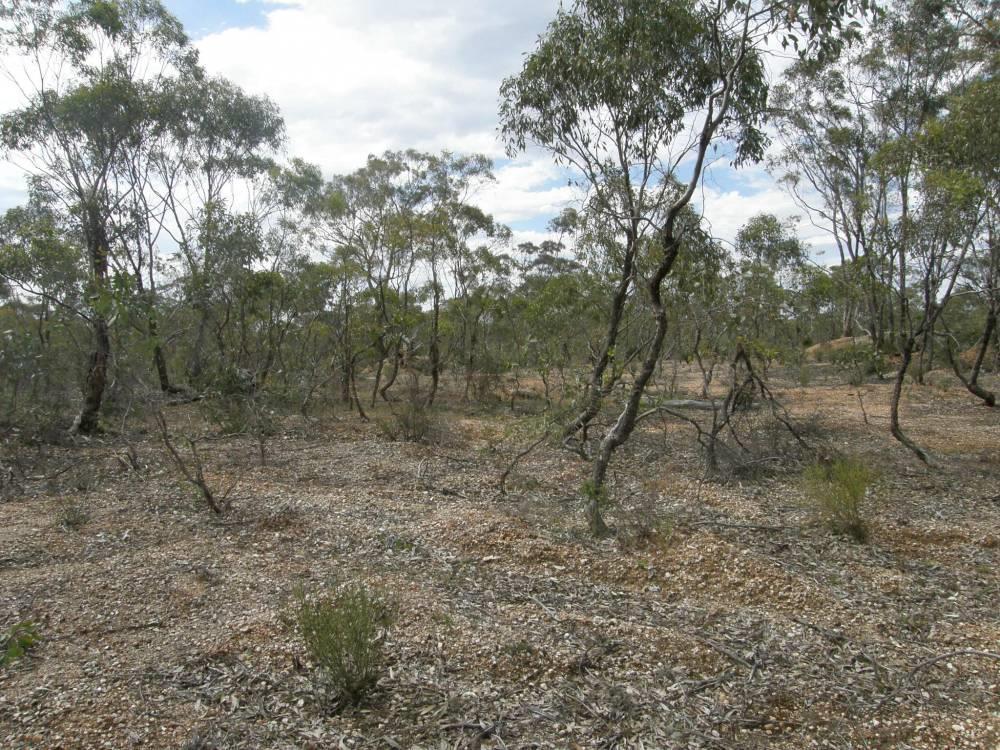Things to look out for - with pics and notes. (This relates to the Central Vic fields)
The weather has turned a bit coolish and tomorrow (monday 28th/10) is forecast for rain here in the Central Goldfields of Vic. So -thought I would have an admin day and upload some pics to highlight things that are worth keeping a look-out for. These pics compliment some of my previous posts.
Sandstone Hills. In the majority of cases, reef gold (a primary deposit) usually only occurs in sandstone hills. A geological map will show you that Creswick, Castlemain, Dayelsford, Dunolly etc are located in this belt. To the north of Dunollly are granite hills, granite intrusions are also your friend. This relates back to the ancient deep oceans at around the time of the ancient continent of Gondwana. There is a geological story here in itself but suffice to say, with time, pressure, tectonic movement and the like, these sandstone hills were formed - the gold was a result of high temperatures, water, steam, chemicals and pressure and chemical changes. We are looking at rock that is sandstone with quartz associated with it. Quartz associated with sandstone is a GOOD sign. The layers can be very thin and you hear and read 'sandwich quartz, pencil quartz' and the like. This is, in this case, referring to a layer of quartz between layers of a host rock, in this case sandstone.
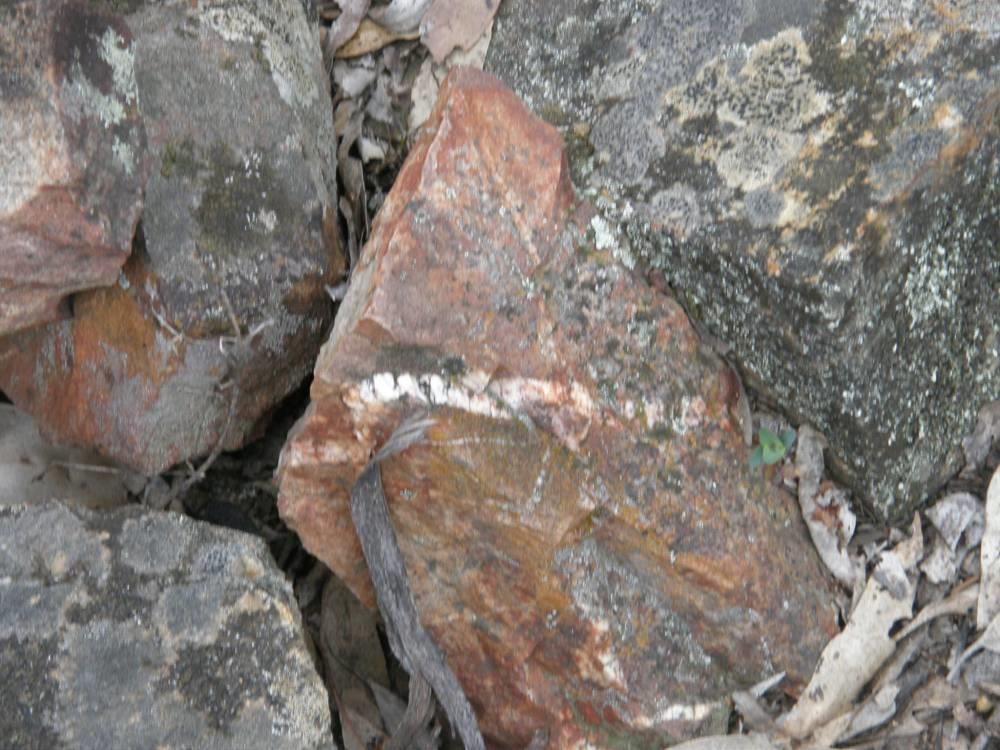
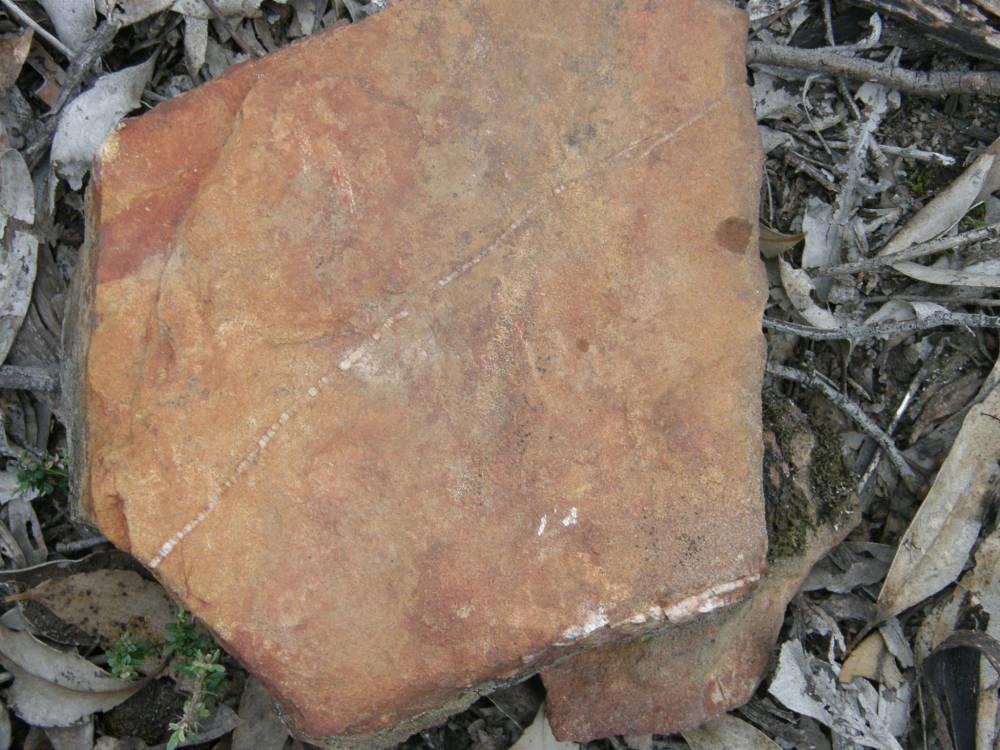
Depth of ground. Prospectors generally develop and eye for how deep the ground is, but what are we saying by depth? We are generally referring to the depth where gold is detectable, where is has come to rest in its travels. It could be as far down as sitting on bedrock, it could be sitting in or on the layers of wash, it could be sitting on a layer of hard red clay. An example of big gold above the bedrock is the Viscount Canterbury nugget was found in gravel, four feet about the bedrock. What are the signs of what type of ground you are on? There are some indicators as you are walking along to check. What is around the trees? What have they brought up? What have the ants brought up in their nests? What does the ground look like and what is on it.
In this case, the box ironbark has dragged up and/or fractured a layer of sandstone. There are also some smaller quartz fragments scattered around the tree. This firstly tells you that you are in sandstone/quartz country and that the ground is probably shallow enough for gold to be detectable (in this case it most certainly was).
In this case, the quartz and sandstone has been broken down quite a lot and you can see little bits of quartz in sandstone about. Again, the ground is probably shallow enough to detect.
What have the ants brought up? (here is a tip - a lot of tools throw lead bullets and other non-ferrous junk on ant heaps to give off a target signal. I have NEVER found a single piece of gold on an ants nest so I don't bother. All that happens is that the bullants get very angry and the parks and wildlife folk get annoyed as well. Leave them alone is my advice). However, Mr Bullant does tell you something - the ground is soft enough for them to dig in a nest and they have brought up small rocks, possibly from a layer of wash.
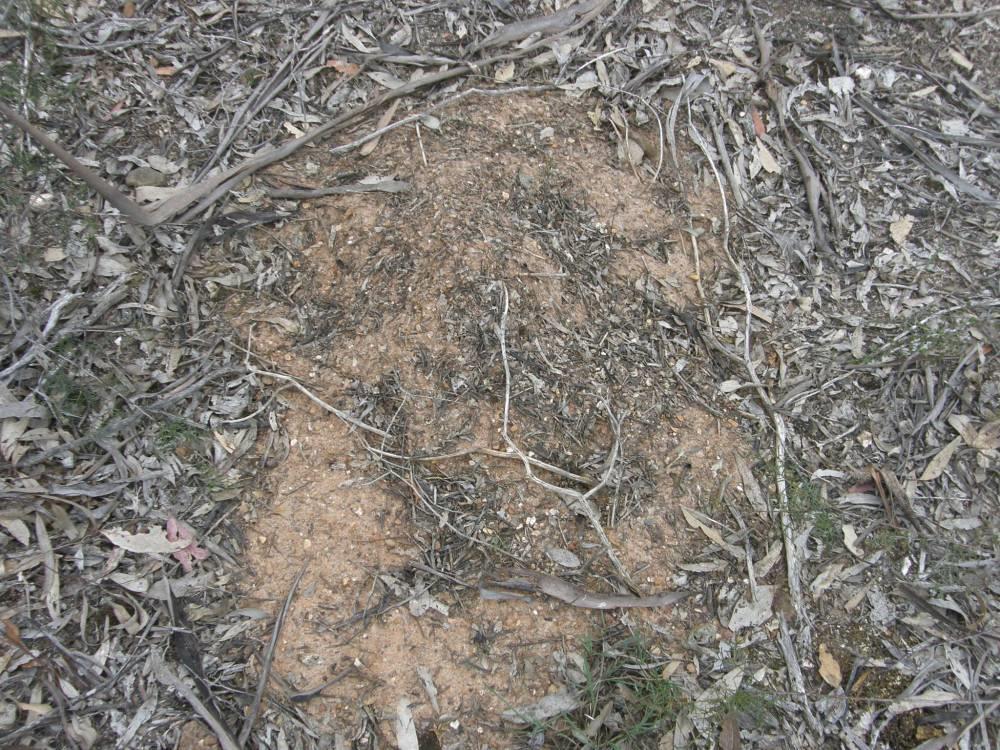
Diggers test holes. There are several references on some posts talking about diggers test holes. What are they? They were the old diggers following up what was to them suspect ground. Here are some examples. The first one is where they have simply taken out a shovel load of soil for checking (loaming) - the area this was taken had many of these types of markings. The second shows a dig hole on a hill top where they have tried to follow a surface reef - this hole led to a costean trench (pic in earlier posts) where they tried to cut, at right angles, the suspected run of gold in quartz. The third shows two holes side by side - I was doubtful of these holes and thought they must have been old rotted out tree stumps, but the hole at the back had a beaut little clean nugget in the spoil. These diggers test holes are generally not alone and may take a pattern of being in a straight line running to/from a set of diggings and/or reef digging.
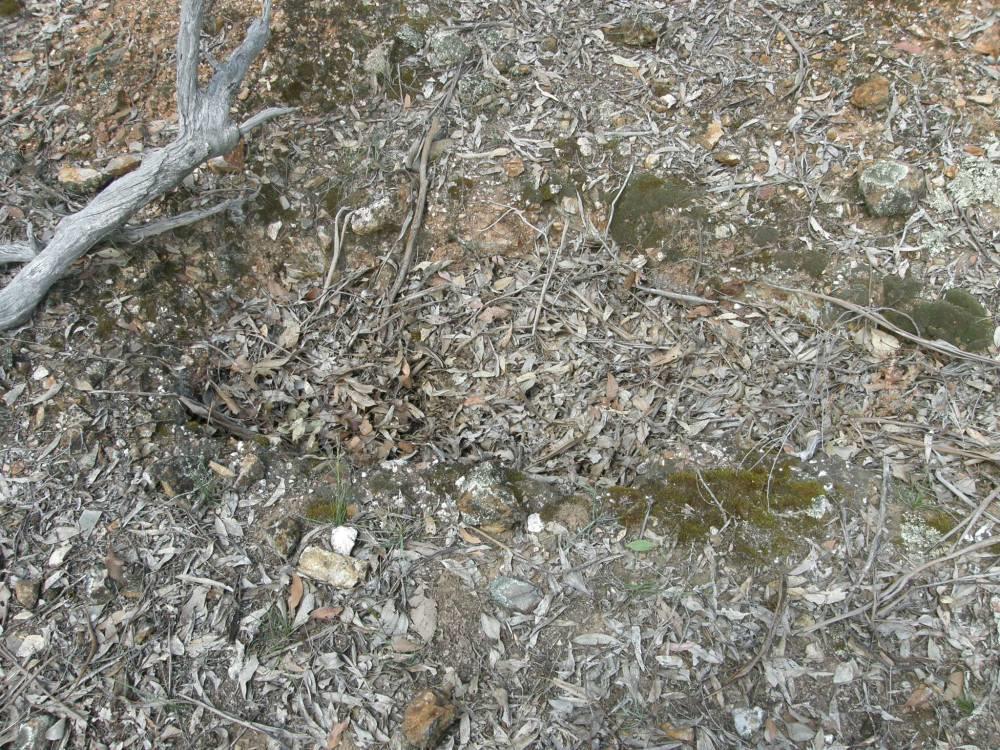
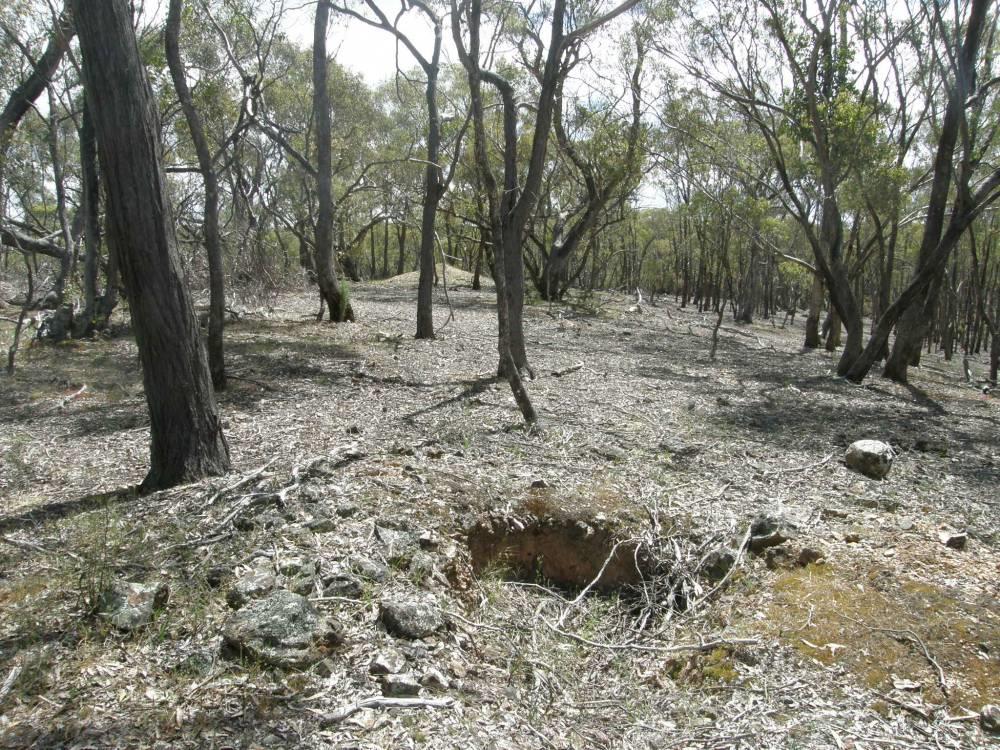
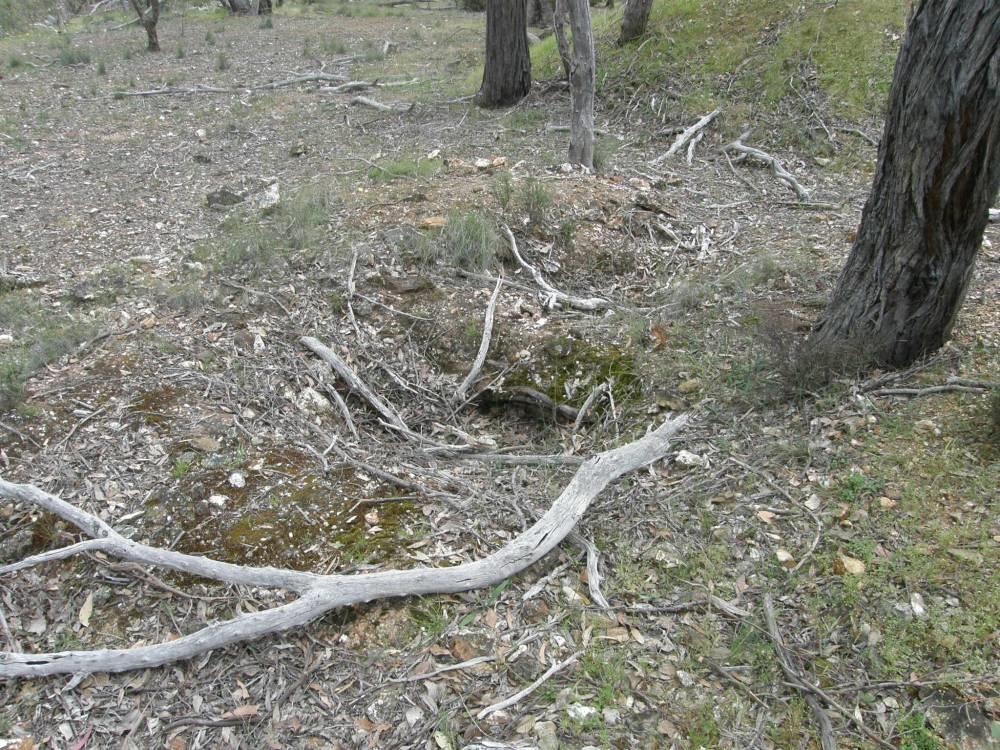
Hope these few notes help. Remember - the ground beneath your feet is NOT level and can change in depth and type very quickly. As an example, if you are ever near the burnt creek lead as it runs north to Moliagul, the western side of the road is gold country = drive into the bush on the eastern side and you can actually watch the soil and trees change in a blink of an eye. Good luck.



